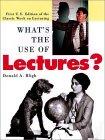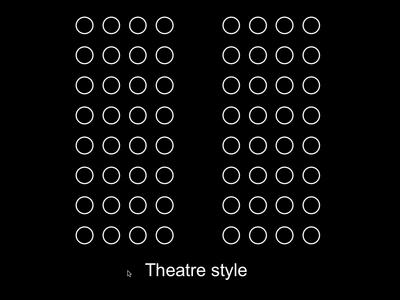I saw a space ship land on the basketball court at SBC this morning. It was not very large - the size of a compact sized car at most - with large portholes and a flashing red light on its top.

Thoughts of what might happen next ran wildly across my mind when suddenly the door of the spacecraft opened. A solitary alien walked out of the ship toward me and said:

"My leader is away," I replied, sizing up the little green creature. "What is the purpose of your visit?"
"I have been sent from the Planet EdhukateWel and we want to find out how earthlings learn. We want to discover how earthlings transmit knowledge of the head, heart, and hands. Take me to your leader!!!" he insisted.
"My leader is away," I repeated. "but I can help you. I will take you to different places where you can observe what happens in our learning spaces."
"I have learned your ways of observing educational spaces" said the alien. "An old Earthling told me about your observation sciences. He said to observe the material lore, the verbal lore and the customary or ritual lore in your educational spaces."
"What that lore stuff again?" I inquired.
"Material lore, verbal lore and ritual law. The old earthling told me these are terms from the study of human culture and anthropology" he responded, pleased that he seemed to know more than an earthling.

"The
material lore in your educational spaces would comprise of the architecture of your learning space and all the artifacts found within that space. The
verbal lore is what is said
within and
about the educational space, and the
customary or ritual lore would be the ritual behavior found there."
"I see. I was confused for a moment. I thought you were speaking Singlish. I thought you said you wanted to observe material
lor, verbal
lor, and customary
lor. It didn't make sense at first, but now I understand
lor."
(Thinking in his mind) "Singlish is very confusing!"
"Hey, can you explain ritual lore and ritual behavior again?" I asked
"These are the regular rituals and fixed behaviors performed either consciously or unconsciously by the participants in learning spaces." he replied" In our planet, all the participants including the leader walk in circles when we learn. That is just the expected customary behavior."

"But enough talk. We will go now" the alien insisted impatiently.
"Where shall we go?" I asked
"Take me to your leader!" he insisted strongly.
"I cannot, but I will take you to observe three spaces: 1.___________, 2. _____________, 3.____________"
"I am keen to observe you earthlings. We have many problems in our planet, and we need to learn from others to educate our people well."
Questions for your consideration: - What teaching-learning processe do you think the alien will observe in Christian educational settings?
- Will it be very monolithic?
- What educational innovations and best practices will he observe?
- Where?
Question: Hey for those of you from surrounding Asian cultures, would any part of this imagenary story be culturally insensitive? Let me know!










